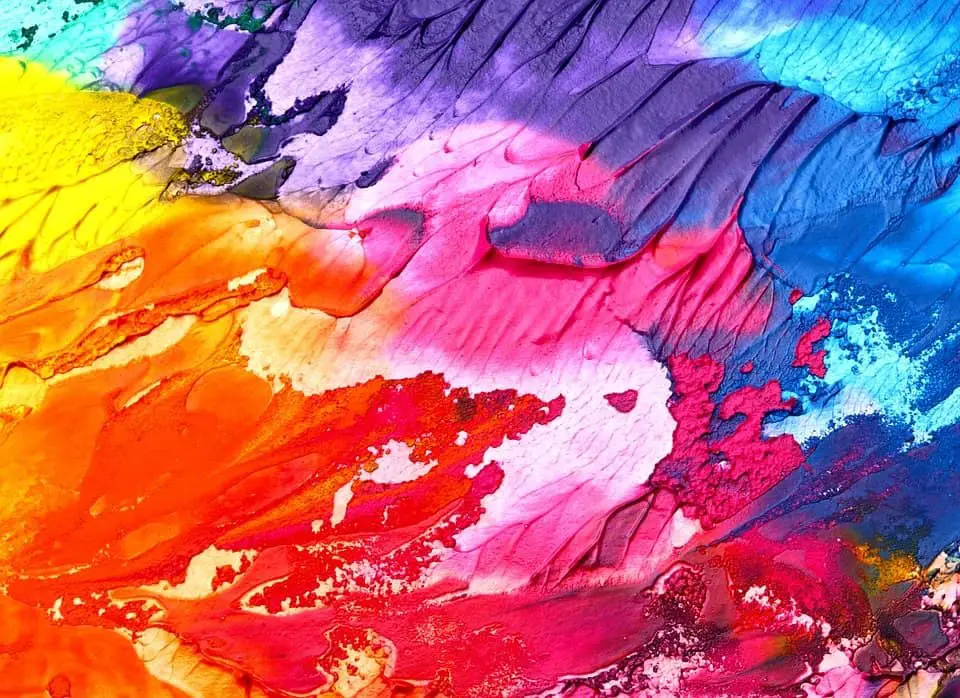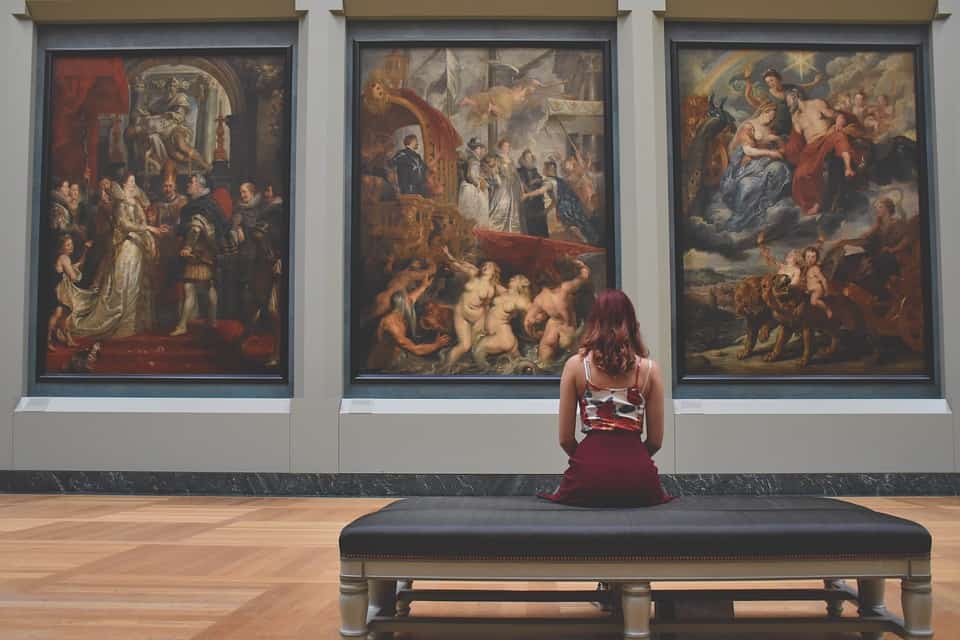When looking at a painting, what are the things you should be considering in order to make a judgment about its quality? In this article, you will learn about four tips for judging paintings.
Repeating Shapes
Repeating shapes are one of the most important factors when looking at a painting. Whenever people buy Pro Hart originals, they’re not just buying his amazing use of color and brushstroke, they’re also buying into his ability to create repeating shapes throughout his paintings. This factor is what gives the paintings an almost architectural feel as if they could be hanging in a gallery or a museum.
The way you can notice repeating shapes in paintings is by looking at the edges of objects and seeing if they form a repeating pattern. Once you’ve found a repeating pattern, take a step back and see if the painting still looks good from a distance. If it does, then you know that the artist has done a great job in incorporating repeating shapes into their work.
Colors
Colors in visual art are often used to create moods and feelings. Different colors can be used to represent different things. For example, in the painting Mona Lisa, the artist has used colors to create a feeling of mystery and intrigue. The colors are muted and cool, making the painting feel mysterious and secretive.
In most cases, colors are used to either complement or contrast with each other. In the painting, The Hay Wagon, the colors blue and yellow are used to create a sense of harmony. The blue in the sky is reflected in the wagon, while the yellow hay contrasts against the green landscape.
Textures
Textures are another way to judge paintings. They can be used to create an effect or mood. Here are four tips to help you judge the textures in a painting. Here’s how you can do it:
- Look at the painting up close. When you look at a painting up close, you can see the textures more clearly. This is because when you are close to the painting, it fills your field of vision.
- Look at the painting from afar. When you do this, you can see the overall effect that the textures have on the painting.
- Sometimes, you can judge textures by feeling them. This is especially true if the painting is a three-dimensional object.
- When judging textures, it’s helpful to compare paintings. This allows you to see how the textures are used in different ways and how they create different effects.
Crops And Composition
Crops mean a lot when it comes to judging a painting. The crops in a painting can tell you a lot about the time period it was painted, the location, and the artist’s intent.
Composition is another big factor when judging paintings. The way crops are placed in a painting can create depth and tension. By studying crops and composition, you can get a better understanding of what the artist was trying to depict in their work.

Knowing how to judge paintings is a huge leap for anyone. You need to focus on repeating shapes, colors, textures as well as crops and composition. This will help you evaluate any piece of visual art with ease!

